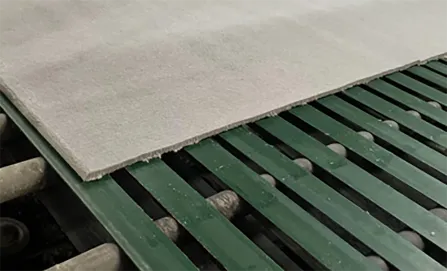Nov . 16, 2024 13:10 Back to list
Ceiling Hatch Access Panel Safety and Design Considerations for Efficient Installation
The Importance of Ceiling Hatch Covers in Modern Architecture
Ceiling hatch covers, often overlooked in discussions about architectural design and safety, play a crucial role in both residential and commercial buildings. These hatches provide access to often-utilized spaces such as attics, ducts, and maintenance areas while ensuring that the integrity of the building's structure remains intact.
Firstly, ceiling hatches are integral to efficient building maintenance. In many structures, especially larger commercial buildings, there are critical systems hidden above ceilings, including plumbing, electrical systems, and HVAC units. A well-placed ceiling hatch allows maintenance personnel to access these systems easily, facilitating repairs and inspections without damaging walls or ceilings. This access can save time and reduce costs associated with maintenance, enhancing the overall functionality of the building.
In terms of safety, ceiling hatch covers contribute significantly. They are designed to be secure while allowing for easy escape routes in emergencies. For example, in a fire situation, a ceiling hatch may provide access to a roof, offering a safe exit point. Moreover, many modern ceiling hatches come equipped with safety features, such as automatic closing mechanisms and lockable options, ensuring that only authorized personnel have access to restricted areas while preventing accidental openings.
ceiling hatch cover

Another important aspect is that ceiling hatch covers can enhance energy efficiency within a building. Properly sealed hatches prevent air leakage, which can lead to a more consistent indoor climate and reduced energy costs. With rising energy prices, building owners are increasingly looking for ways to optimize energy use, making the role of ceiling hatch covers more significant. Insulated hatches can further contribute to energy savings by minimizing heat loss in colder months and keeping cool air in during summer.
The aesthetic aspect should not be underestimated either. Manufacturers are now creating ceiling hatch designs that blend seamlessly with modern interior finishes, eliminating the bulky and unattractive look of traditional hatches. This allows architects and designers to integrate hatches into their designs without compromising the overall aesthetic appeal of the space.
In conclusion, ceiling hatch covers are more than just functional elements in a building; they are vital components that support maintenance, safety, energy efficiency, and aesthetics. As buildings continue to evolve, the design and implementation of ceiling hatches will likewise adapt, ensuring they meet the demands of modern architecture while enhancing the user experience. Whether renovating an old structure or designing a new one, considering the role of ceiling hatch covers is essential for creating efficient and safe environments.
-
Quality Ceiling Trap Doors & Access Panels | Easy & Secure AccessNewsAug.30,2025
-
Durable Ceiling T Grid Systems | Easy InstallationNewsAug.29,2025
-
PVC Gypsum Ceiling: Durable, Laminated Tiles for Modern SpacesNewsAug.28,2025
-
Pvc Gypsum Ceiling Is DurableNewsAug.21,2025
-
Mineral Fiber Board Is DurableNewsAug.21,2025
-
Ceiling Tile Clip Reusable DesignNewsAug.21,2025







